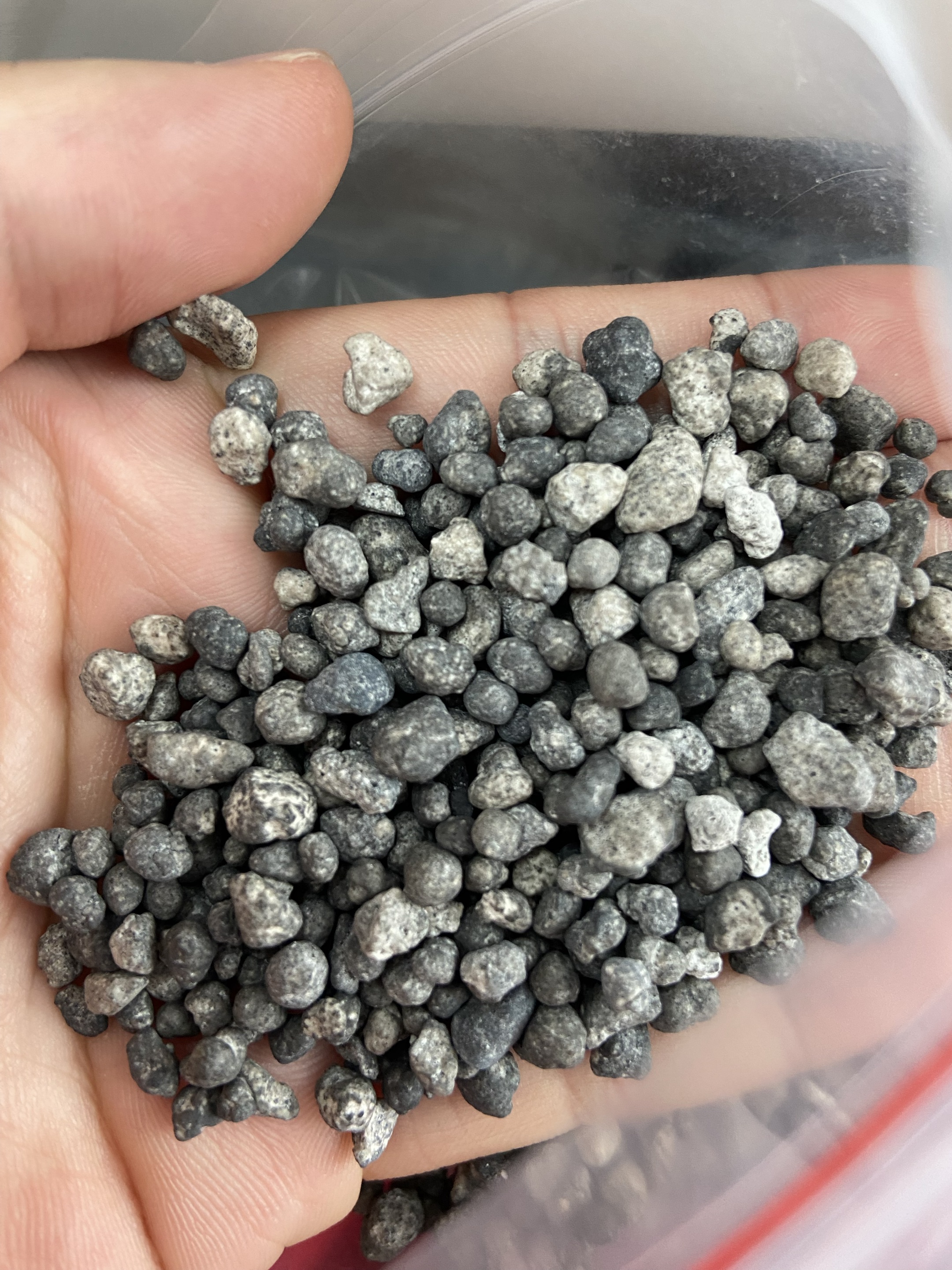Unlock Crop Yield Potential: The Nutrient Advantages and Application Tips of Monoammonium Phosphate
Discover how monoammonium phosphate (MAP) can boost crop yield and quality through its high concentration of nitrogen and phosphorus, excellent solubility, and adaptability across diverse soils. This article explores MAP’s role in root development, disease resistance, and overall plant health—compared to conventional fertilizers—and provides practical application strategies for crops like rice, corn, and vegetables. Backed by agronomic data and real-world case studies, it offers actionable insights for farmers aiming to maximize returns from every input.

Unlock Crop Yield with Ammonium Phosphate: The Science Behind High-Performance Fertilization
In modern agriculture, maximizing yield isn’t just about applying more fertilizer—it’s about using the right nutrient formulation at the right time. Ammonium phosphate (MAP), a high-efficiency compound fertilizer, has become a cornerstone for farmers seeking measurable gains in both crop output and quality.
“MAP delivers nitrogen and phosphorus in a highly soluble form that plants absorb quickly—especially during early root development,” says Dr. Elena Martinez, Senior Agronomist at the International Institute of Soil and Crop Research. “This makes it ideal for seedbed preparation and transplanting phases.”
Why MAP Stands Out from Conventional Fertilizers
Unlike traditional granular fertilizers that may have uneven nutrient distribution or slow release, MAP offers:
- ✓ High Nutrient Concentration: Typically contains 11–12% N and 52–54% P₂O₅ — among the highest available in commercial fertilizers.
- ✓ Excellent Solubility: Dissolves rapidly in water, allowing immediate uptake by roots—even in low-moisture soils.
- ✓ Soil Versatility: Effective across sandy loam, clay, and even alkaline soils where other phosphates struggle to dissolve.
| Fertilizer Type |
N (%) |
P₂O₅ (%) |
Solubility (in water) |
| Urea (46-0-0) |
46 |
0 |
High |
| DAP (18-46-0) |
18 |
46 |
Moderate |
| MAP (11-52-0) |
11 |
52 |
Very High |
Tailored Application Strategies for Key Crops
Whether you’re growing rice in Southeast Asia or maize in the Midwest U.S., MAP can be customized to your crop’s needs:
- ✓ Rice: Apply 30–50 kg/ha as basal dressing before transplanting—boosts tillering and root mass.
- ✓ Corn: Use 40–60 kg/ha at planting + side-dress at V6 stage for better grain filling.
- ✓ Vegetables (Tomato, Pepper): Foliar spray at 0.5% concentration during flowering increases fruit set by up to 18%.
A field trial in Kenya showed that maize fields treated with MAP achieved an average yield increase of 27% compared to control plots using urea-only applications—proving that precision nutrition matters more than volume.
Master These 3 Tips for Maximum ROI
- Timing Matters: Apply MAP when soil temperature reaches 15°C+ for optimal root absorption.
- Blend Smartly: Combine with potassium sulfate (K₂SO₄) for balanced nutrition—avoid mixing with lime or calcium-rich soils without testing pH first.
- Measure Accurately: Over-application leads to nutrient lock-up; under-application misses yield potential. Stick to recommended rates per crop type.
Quick Quiz: What’s Your Best Fit?
Answer this: If your soil test shows low phosphorus but adequate nitrogen, which fertilizer should you prioritize?
✅ Correct Answer: Ammonium Phosphate (MAP)
Let every kilogram of input translate into real harvest gain—not wasted effort. With MAP, you're not just feeding crops—you're empowering them to grow smarter, stronger, and higher yielding.
Download Our Free MAP Usage Guide for Farmers

